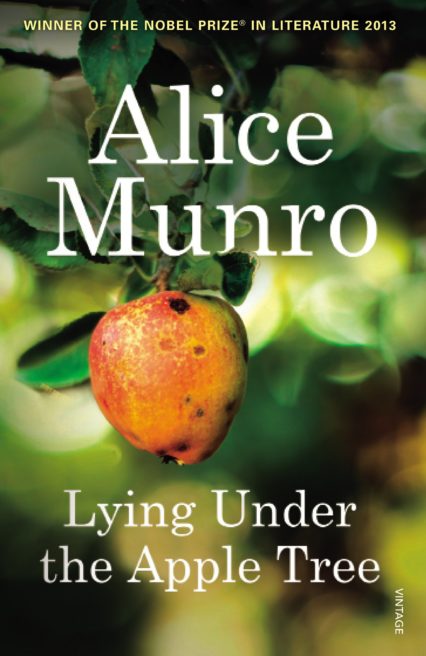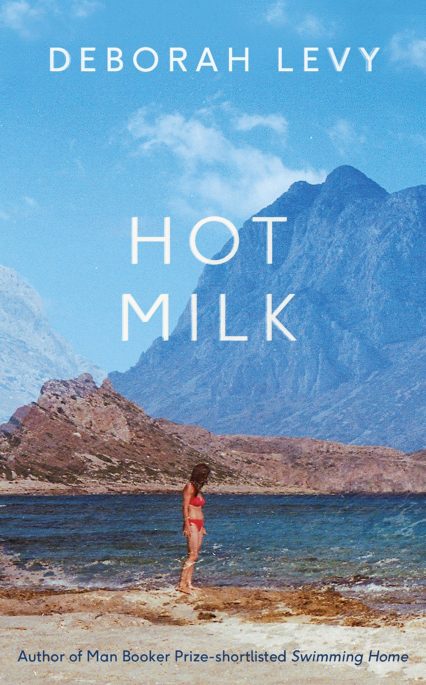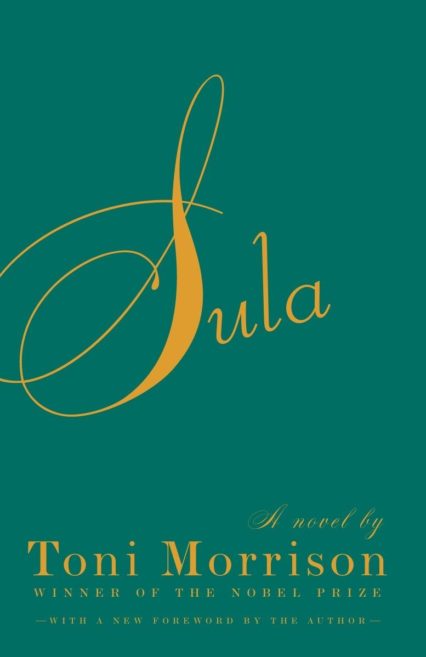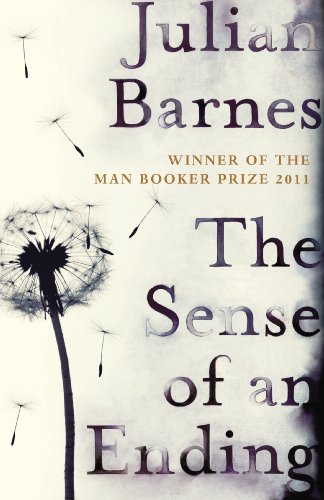Stuck for what to read as the COVID-19 lockdown continues? Gemma Pearson walks us through more titles for her lockdown library that she’s been reading this month to lighten the isolation languor, inspire in isolation, and to quell the quarantine blues, with entries from Alice Munro and Julian Barnes.
A month has passed since the first edition of Lockdown Library, but it looks like nothing is going to change anytime soon. Although we are all doing what we can to help the NHS by staying at home, those creeping feelings of boredom, restlessness and anxiety are becoming harder to chase away. But even in this time of paralysing uncertainty there is an antidote; a warm and comforting ray of hope that gleams from our bookshelves, kindles, and Hive wish-lists alike. So, while television screens and social media newsfeeds blare out dispiriting messages, take some quiet time for yourself and curl up with a book – you might just find relief. As this month’s enormous increase in online books sales proves, in this extraordinary cultural moment the value of brilliant writing has never felt more nourishing or vital.
Lying Under the Apple Tree, Alice Munro (2014)
 Featuring fifteen short stories plucked from five different collections, Lying Under the Apple Tree is the ideal starting point for anyone new to Munro’s Nobel Prize winning craft. The stories in this collection are deceptively small in scope, demonstrating a strong regional focus with most stories set in rural Ontario. Nevertheless, Munro’s genius reveals itself through deft explorations of infinitesimal human complexities. While male characters do appear in this collection, Munro’s focus lies with her complicated female figures. In the titular story, ‘Lying Under the Apple Tree,’ for instance we meet an adolescent girl bewildered by her own femininity and sexuality; in ‘My Mother’s Dream’ a new mother struggles to bond with her baby; and in ‘Silence’ a lonely widow has lost contact with her only daughter.
Featuring fifteen short stories plucked from five different collections, Lying Under the Apple Tree is the ideal starting point for anyone new to Munro’s Nobel Prize winning craft. The stories in this collection are deceptively small in scope, demonstrating a strong regional focus with most stories set in rural Ontario. Nevertheless, Munro’s genius reveals itself through deft explorations of infinitesimal human complexities. While male characters do appear in this collection, Munro’s focus lies with her complicated female figures. In the titular story, ‘Lying Under the Apple Tree,’ for instance we meet an adolescent girl bewildered by her own femininity and sexuality; in ‘My Mother’s Dream’ a new mother struggles to bond with her baby; and in ‘Silence’ a lonely widow has lost contact with her only daughter.
Munro also exhibits an alluring dark streak and, as a result, her stories are often assigned to the literary sub-genre known as ‘Southern Ontario Gothic’. You won’t find ghosts or monsters anywhere here, however, because in Lying Under the Apple Tree Munro rebuffs anything that deviates too far from the everyday. Instead, in Munro’s literary landscape, matters of violence, sickness, madness, and repression constitute the daily horrors she uncovers in the familiar.
What is more, the crux of each story is rooted not in grandiose plot points but in subtle epiphanic flashes and moments of self-actualisation because – crucially – this collection is about what can be learned from everyday experiences rather than the experiences themselves. As a result, some of the stories demand patience. Nonetheless, whether you savour each story one by one or devour them in quick succession, Munro’s impeccable writing will inspire you to look at yourself, your relationships, and to consider the horrors that creep quietly into the mundanity of the everyday.
Hot Milk, Deborah Levy (2016)

Sofia Papastergiadis, a half-Greek half-British anthropology student with an unfinished PhD thesis, travels with her mother, Rose, to the arid coast of southern Spain on a remedial pilgrimage. The trip to the shamanic Dr Gomez’s health clinic is Sofia’s last chance to diagnose her mother’s seemingly unexplainable health problems. Occasionally, this “career invalid” can walk. At other times she is bound to a wheelchair and completely dependent on her daughter. At 25 years old, Sofia has grown weary of her filial obligations. So, while Rose undergoes questionable therapies at the clinic, Sofia explores the hot, white beaches of Andalusia, cultivating an individual, interior identity through steamy sexual encounters with Juan and Ingrid and a series of reckless, character-building exploits.
Filled with symbolism and gorgeous Mediterranean imagery, this novel is transportive; Levy effortlessly pulls readers into the sun-drenched coast of Andalusia and lets loose, with feverish heat, a transfixing narrative exploring the primal bond between mother and daughter.
With a fresh, dream-like style, Hot Milk meanders gently through tough topics such as sickness, sexuality, family loyalty, abandonment, young love, and rejection, and is impeccably reminiscent of the alienating mid-twenties haze. While they are not always likeable, this novel establishes Levy’s dazzling talent for creating rich, complex characters that feel utterly authentic amidst their unpredictable and strangely engrossing storylines. Sofia’s amusing and playful narrative voice is perfectly complimented by Levy’s virtuosity for colourful innuendo, thus rendering Hot Milk an atmospheric coming-of-age narrative that, like the stinging jellyfish that repeatedly leave Sofia with painful wounds, is sure to leave a searing impression in the minds of readers.
Sula, Toni Morrison (1973)

Toni Morrison’s second novel primarily follows the complicated and intense relationship between Nel Wright and Sula Peace, two young, African American girls living in the hills of a rural Ohio town in the early 1900s. In just one hundred and seventy pages, Morrison beautifully captures the joy and innocence of a childhood friendship, the disorientating transition into adolescence, and the subsequent friendship break-up brought on by the adversities of adulthood. While the ebb and flow of Nel and Sula’s relationship provides the central narrative, certain sections of the novel read more like a series of character studies as Morrison moves through the small community examining the motivations and lives of various townspeople. The result? – A gorgeously layered novel examining female friendship on one level, and on another, the trans-generational effects of systematic racial oppression.
Naturally, this novel is tinged with sadness and loss; Morrison’s description of the painful moment at the cusp of female adulthood, when a girl is confronted with the realities of patriarchal oppression, is particularly poignant:
“… each had discovered years before that they were neither white nor male, and that all freedom and triumph was forbidden to them, they had set about creating something else to be.”
Nevertheless, amidst the visceral scenes of pain, alcoholism, death, and poverty lies an effortless poeticism that this 1973 Nobel Prize winning author is deservedly celebrated for. Standing its own ground beside Morrison’s more distinguished texts, Song of Solomon (1977) and Beloved (1987), Sula is devastating, beautiful, and demands deep introspection.
The Sense of an Ending, Julian Barnes (2011)

This skilfully plotted novel follows Tony Webster, a middle-aged, retired divorcee, as he mediates on his life and his failed relationships. Told in two distinct parts, The Sense of an Ending is initially a nostalgic compilation of happy memories from Tony’s time in sixth form and at university, those “sex-hungry and book-hungry” years spent navigating early adulthood with his friends. Barnes demonstrates a spirited style, painting a lively portrait of 1960s London which, as Tony points out, was not all sex, drugs and rock ‘n’ roll – that version of the sixties was reserved “for some people, in certain parts of the country”. News of the death of one of Tony’s school friends catalyses a different tone, however, and when Tony receives a solicitor’s letter informing him that he has been left his friend’s diary in a will, he revisits his past with a more probing eye, scrutinising his behaviour and his version of events.
Compelling readers to confront the fact that memories are often warped by emotion and, as Tony comes to realise, are sometimes more like fiction than fact, Barnes’ novel is a thrilling exercise in the comforts and pitfalls of memory. The poignancy of Tony’s revelations reverberate with familiarity; how many of us have ever realised that we remember the same event differently to our friends and families? Those moments when we disagree on how something played out or what someone did or said? And how often do these strange moments lead to misunderstandings or painful misgivings? Captivating and suspenseful until the very last pages, The Sense of an Ending is a gripping combination of morality tale and mystery thriller.
Check out the third edition of Gemma Pearson’s Lockdown Library.



 Enjoyed this article? Support our writers directly by buying them a coffee and clicking this link.
Enjoyed this article? Support our writers directly by buying them a coffee and clicking this link.








